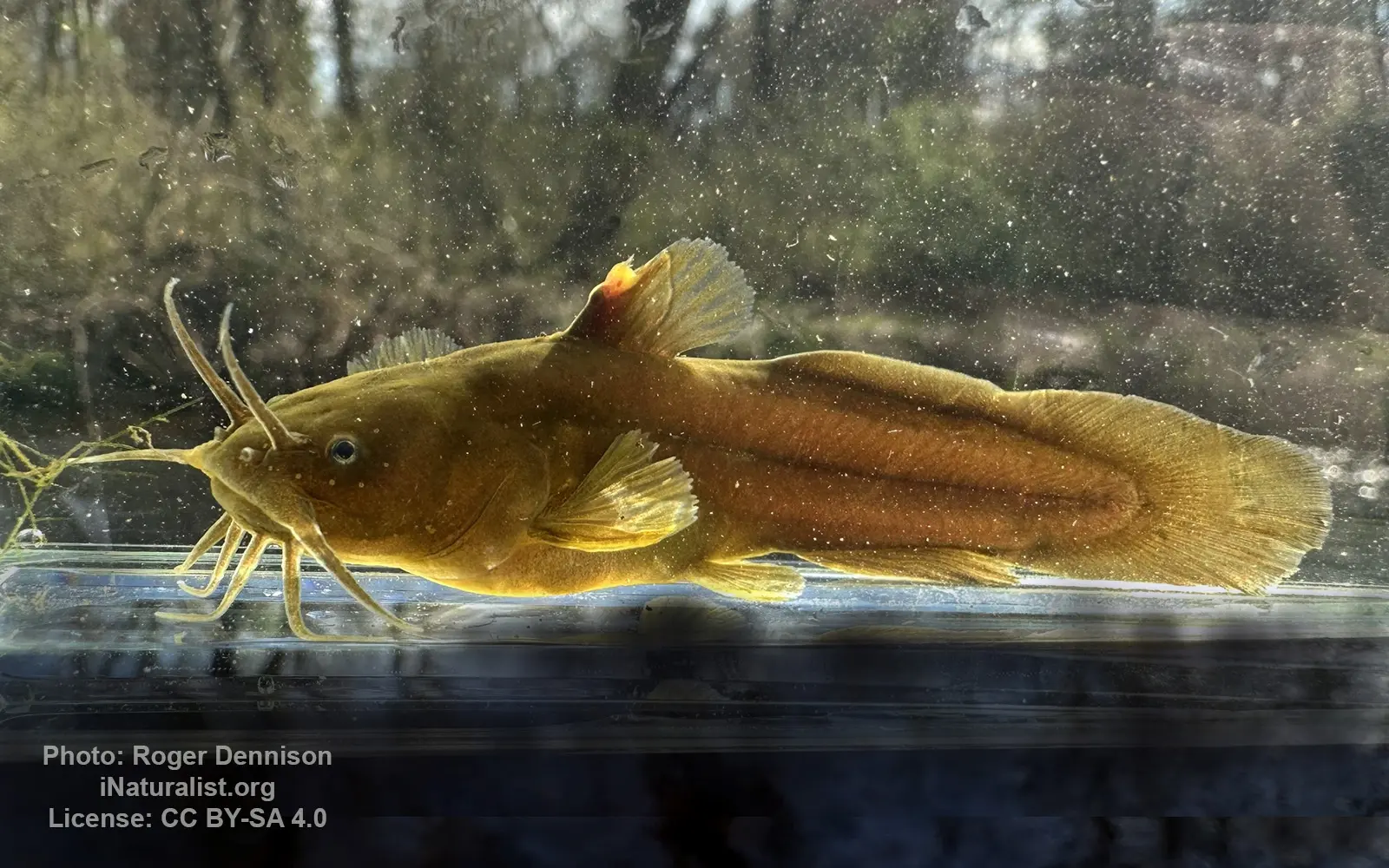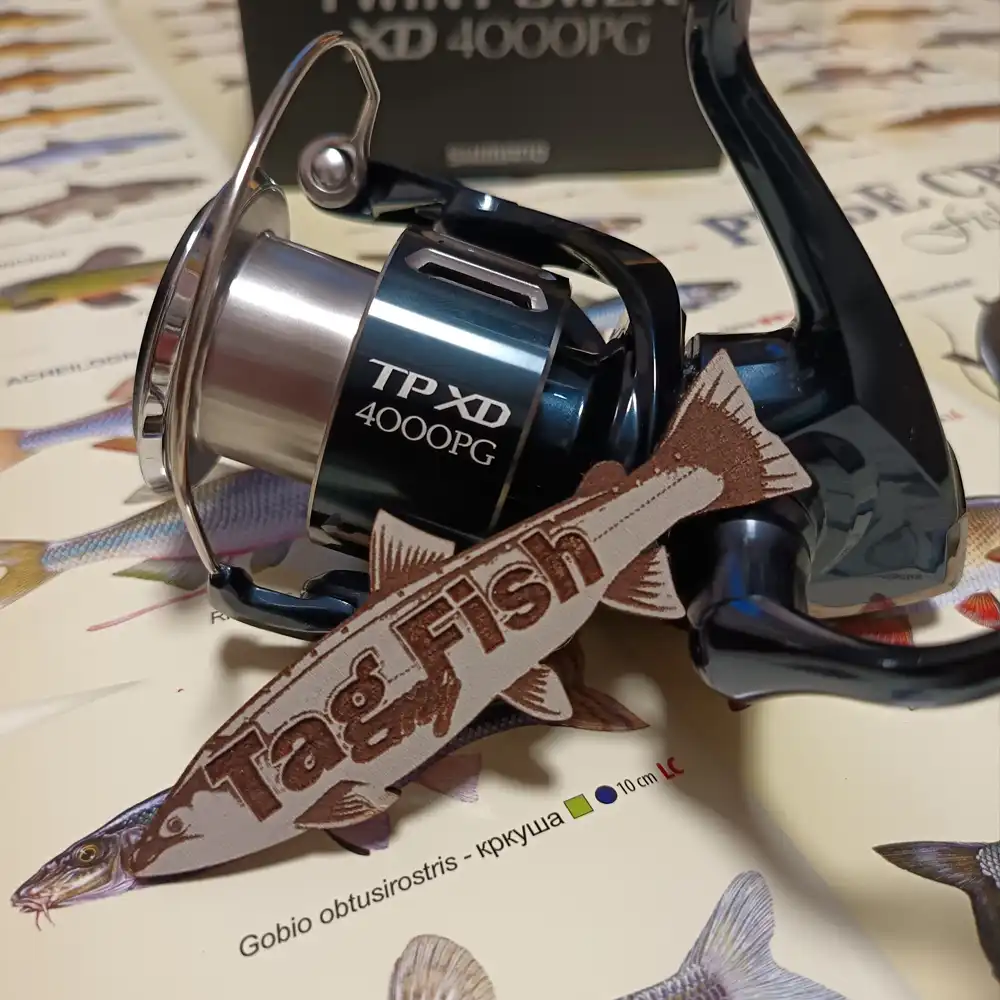Tadpole madtom (Noturus gyrinus)

Image source: Roger Dennison | inaturalist.org
General data
- Main name: Tadpole madtom
- Climates: Subtropical, Temperate, Continental
- Habitat: Freshwater
- Native: North America
- Distribution: Hudson River, Susquehanna River, Suwannee River, Nelson River, Delaware River, Connecticut River, View all... Savannah river, Pee Dee river, Everglades (Florida), Nueces River, Merrimack River, Caloosahatchee River, Lake Winnipeg, Apalachicola River, James river (Virginia), St. Lawrence River, Potomac River, Mississippi River, Roanoke River
Classification
- Genus: Noturus - Madtoms
- Family: Ictaluridae - North American freshwater catfishes
- Order: Siluriformes - Catfishes
- Class: Teleostei - Ray-finned fishes
- Superclass: Osteichthyes - Bony fishes
Description
The tadpole madtom (Noturus gyrinus) is a species of fish in the family Ictaluridae. It is native to Canada and the United States. An adult tadpole madtom is typically 2–3 inches (50–80 mm), however they have been recorded at a length of 5 inches (130 mm). The tadpole madtom has a dark brown back with a lighter brown color on their sides and a yellow or white stomach. The pelvic and pectoral fins of adults are heavily covered in melanophores responsible for pigmentation, and the dorsal and anal fins contain fewer melanophores. There are also bands of melanophores on both the upper and lower jaws creating a dark horizontal streak along the side. Chin barbels vary from white to being lightly covered with melanophores. The tadpole madtom possess dark nasal and maxillary barbels and white mandibular barbels. Their adipose fin is completely connected to their large and round caudal fin, and their pectoral fin is not serrated. They possess 6–7 gill rakers; 6–7 dorsal rays; 15–18 anal rays; 7–9 pectoral rays; and 8–10 pelvic rays. The anal fin is of moderate length, but decreases with increasing body length. The tadpole madtoms also possess two pectoral spines through which an anti-predatory venom is transmitted. They have a terminal mouth with numerous small and sharp cardiform teeth. The teeth exist in numerous broad bands across the upper and lower jaw. The tadpole madtom is found in parts of the U.S. and Canada. In Canada it is native to Manitoba, Ontario, Quebec, and Saskatchewan, and can be found in the Assiniboine, Saskatchewan, Souris, Red, English, Winnipeg, and Nelson rivers. In the United States is extensive, ranging from Texas to Florida and north along the Atlantic coast to New York. It can be found in the Mississippi River valley as well as the Great Lakes basin. In Minnesota it is present in all adjacent drainage systems to the Red River basin. In North Dakota it can be found in the Missouri river drainage. In South Dakota it is present in the eastern tributaries to the Missouri River, including the James River, as well as the Minnesota and Big Sioux river drainages. The tadpole madtom lives in areas with little to no current. They typically inhabit swamps and marshes, as well as lakes and slow moving streams and rivers 0.1–1.5 meters deep and 12–24 meters wide. They also prefer habitats with turbid water; a soft mud, sand or gravel bottom; and thick vegetation to use for crypsis.


